Embark on a horticultural journey with the best plants for indoor wall planters, where vertical greenery meets aesthetic allure. These botanical wonders not only enhance your space visually but also purify the air, reduce stress, and foster well-being.
From trailing vines to lush ferns, discover the perfect plants to adorn your walls, creating a captivating indoor oasis that breathes life into your living space.
Top Plants for Indoor Wall Planters
Adorning indoor spaces with greenery has become increasingly popular, and wall planters offer a unique and stylish way to bring nature indoors. Selecting the right plants for these vertical gardens is crucial to ensure their health and aesthetic appeal. Here’s a comprehensive guide to the best plants for indoor wall planters, considering their light requirements, growth patterns, and air purification capabilities.
Light Requirements
When choosing plants for indoor wall planters, it’s essential to consider the amount of light they will receive. Some plants thrive in bright, indirect light, while others prefer low-light conditions.
- Bright, Indirect Light:Plants that prefer bright, indirect light include ferns, succulents, and pothos.
- Low Light:Plants that tolerate low-light conditions include snake plants, ZZ plants, and peace lilies.
Growth Patterns
The growth patterns of plants also influence their suitability for indoor wall planters. Some plants have a trailing or cascading habit, while others grow more upright or bushy.
- Trailing or Cascading:Plants with trailing or cascading growth habits are ideal for wall planters, as they will gracefully hang down the sides. Examples include ivy, philodendron, and string of pearls.
- Upright or Bushy:Plants with upright or bushy growth habits can also be used in wall planters, but they may need to be pruned regularly to maintain their shape.
Air Purification Capabilities
Many indoor plants have air-purifying capabilities, which can improve indoor air quality. When selecting plants for wall planters, consider their ability to remove pollutants from the air.
- Air-Purifying Plants:Some of the best air-purifying plants for indoor wall planters include spider plants, snake plants, and peace lilies.
Designing a Wall Planter Arrangement
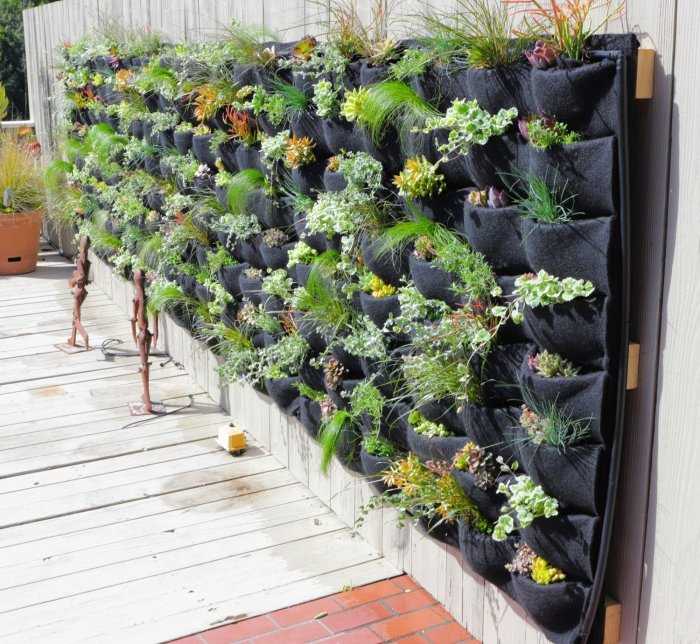
Arranging plants in a wall planter is an art that requires careful consideration of aesthetics, space utilization, and plant compatibility. By following these guidelines, you can create a visually stunning and thriving indoor garden.
For those seeking to enhance their indoor spaces with greenery, choosing the right plants for wall planters is crucial. While many species thrive in these vertical gardens, those seeking plants that can withstand high light conditions may consider options such as the best hanging plants for high light . These plants, which can be easily incorporated into indoor wall planters, offer a wide variety of colors, textures, and shapes to complement any decor.
Aesthetic Considerations
- Color and texture:Select plants with contrasting or complementary colors and textures to create visual interest. Consider the color of the planter and the surrounding decor.
- Height and shape:Vary the heights and shapes of plants to add depth and dimension. Tall, trailing plants can cascade down the planter, while shorter, upright plants can provide structure.
- Focal point:Create a focal point by placing a larger or more eye-catching plant in the center of the planter. Surround it with smaller, complementary plants.
Space Utilization
Make the most of the available space by selecting plants that grow vertically or trail down the planter. Use trailing plants to soften the edges and add movement. Consider using a trellis or support structure to help plants grow upwards.
Planter Design and Materials
The design and material of the planter can enhance the overall appeal of the arrangement. Choose a planter that complements the style of the room and the plants you have selected. Consider using materials such as ceramic, metal, or wood for a modern or rustic touch.
Maintenance and Care for Wall Planters
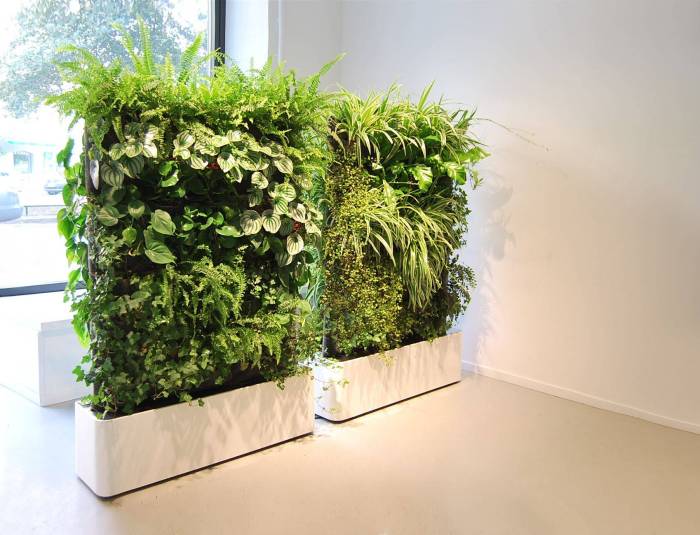
Maintaining wall planters requires specific care to ensure the well-being of the plants. This involves understanding their watering and feeding needs, as well as techniques for pruning, repotting, and managing pests and diseases.
For those seeking to add a touch of greenery to their indoor spaces, consider the best plants for indoor wall planters. These vibrant plants thrive in vertical environments, creating a lush and captivating atmosphere. If natural light is limited, explore best indoor hanging plants no light to complement your wall planters.
By combining these low-light tolerant species with suitable indoor wall planters, you can enjoy the beauty of nature indoors without compromising plant health.
Watering and Feeding
Wall planters have limited soil capacity, affecting water retention. Regular watering is crucial, but overwatering can lead to root rot. Use a moisture meter to determine when to water. Feed plants every 2-4 weeks during the growing season with a balanced liquid fertilizer diluted to half strength.
While choosing the best plants for indoor wall planters is crucial for adding greenery and life to your space, don’t forget the potential of hanging plants. For areas with ample sunlight, consider best indoor hanging plants for full sun . These can complement your wall planters and create a lush indoor oasis.
With the right combination of wall planters and hanging plants, you can transform your indoor space into a vibrant and inviting haven.
Pruning and Repotting
Pruning encourages healthy growth and removes dead or overgrown foliage. Use sharp, clean shears to make clean cuts. Repotting is necessary as plants grow and roots become overcrowded. Choose a slightly larger planter with well-draining soil.
Pest and Disease Management
Inspect plants regularly for pests or diseases. Common pests include aphids, mealybugs, and spider mites. Use insecticidal soap or neem oil to control them. Fungal diseases can occur due to overwatering. Treat with fungicide and improve air circulation.
Maintenance Schedule
Establish a regular maintenance schedule to ensure optimal plant health. Check for watering needs weekly, fertilize bi-weekly during the growing season, and prune as needed. Repotting may be necessary every 1-2 years.
Troubleshooting
- Yellowing leaves:Overwatering, nutrient deficiency, or insufficient light.
- Brown tips on leaves:Underwatering, low humidity, or salt buildup.
- Stunted growth:Rootbound, lack of nutrients, or insufficient light.
- Pests or diseases:Inspect plants regularly and treat accordingly.
Unique Wall Planter Ideas
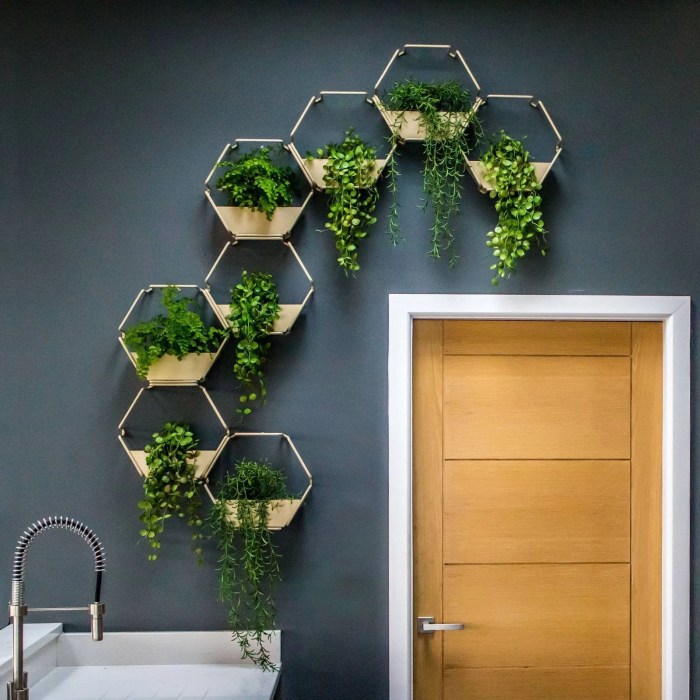
Wall planters have evolved beyond traditional hanging baskets, offering innovative and unconventional designs that transform indoor spaces. From repurposed materials to vertical gardens and living walls, these unique ideas push the boundaries of interior décor and create captivating displays.
Repurposed Materials
Embrace sustainability and creativity by using repurposed items as wall planters. Old drawers, crates, and even teacups can be transformed into charming and functional plant holders. Paint or decorate them to match your décor, creating unique and personalized accents.
Vertical Gardens
Maximize vertical space with vertical gardens. These modular systems allow you to stack planters vertically, creating lush green walls that purify the air and add a touch of nature to any room. Choose plants with varying heights and textures to create a dynamic and visually appealing display.
Living Walls
Take vertical gardens to the next level with living walls. These intricate installations cover entire walls with living plants, creating a stunning and immersive natural environment. Integrate lighting, irrigation systems, and decorative elements to enhance the aesthetic and practical value of these living masterpieces.
Benefits of Indoor Wall Planters: Best Plants For Indoor Wall Planters
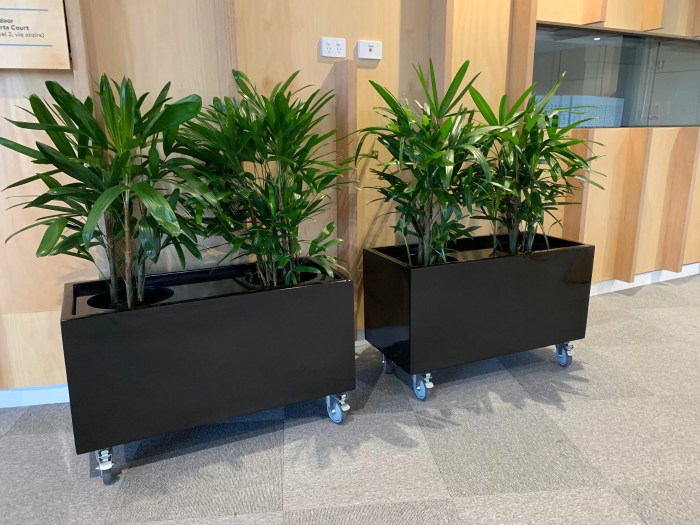
Incorporating wall planters into indoor spaces offers a myriad of aesthetic, environmental, and health benefits. These vertical gardens not only enhance the visual appeal of a room but also contribute to improved air quality, reduced stress levels, and a heightened sense of well-being.
Air Quality Improvement
Indoor wall planters act as natural air purifiers. Plants absorb harmful pollutants, such as formaldehyde, benzene, and trichloroethylene, from the air. These pollutants are commonly found in household cleaning products, building materials, and electronics. By removing these toxins, wall planters help create a healthier indoor environment.
Stress Reduction and Well-being, Best plants for indoor wall planters
Studies have shown that interacting with plants can have a calming effect on the mind and body. The presence of greenery in a room can reduce stress levels, promote relaxation, and improve overall mood. Wall planters bring nature indoors, providing a constant source of visual stimulation and connection to the natural world.
Biophilic Design and Creativity
Biophilic design incorporates natural elements into indoor spaces to enhance human well-being and creativity. Wall planters are an excellent way to implement biophilic principles. By introducing plants into a room, you create a sense of connection to the outdoors, which has been shown to improve cognitive function, creativity, and productivity.
Ending Remarks
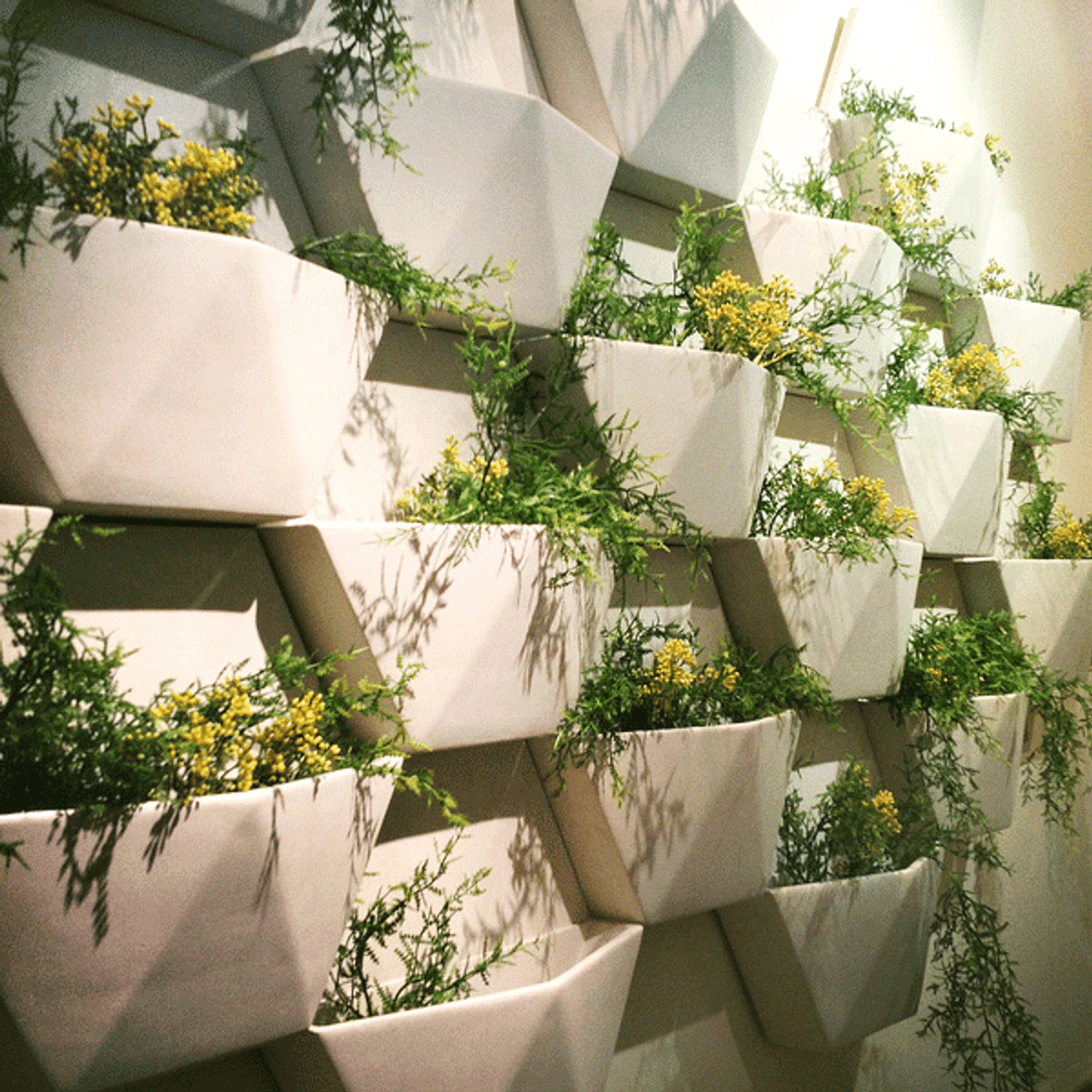
Incorporating indoor wall planters into your home is not just a decorative choice; it’s an investment in beauty, health, and happiness. With the right plants and proper care, these living walls will thrive, bringing a touch of nature indoors and transforming your space into a sanctuary of tranquility and well-being.
Essential FAQs
What are the best plants for low-light indoor wall planters?
Pothos, snake plant, ZZ plant, and peace lily thrive in low-light conditions, making them ideal for indoor wall planters in areas with limited natural light.
How often should I water plants in indoor wall planters?
Watering frequency depends on the plant species and the humidity of your home. Generally, water when the top inch of soil feels dry to the touch.
Can I use artificial plants in indoor wall planters?
While artificial plants can provide a similar aesthetic, they do not offer the same air-purifying benefits as live plants.